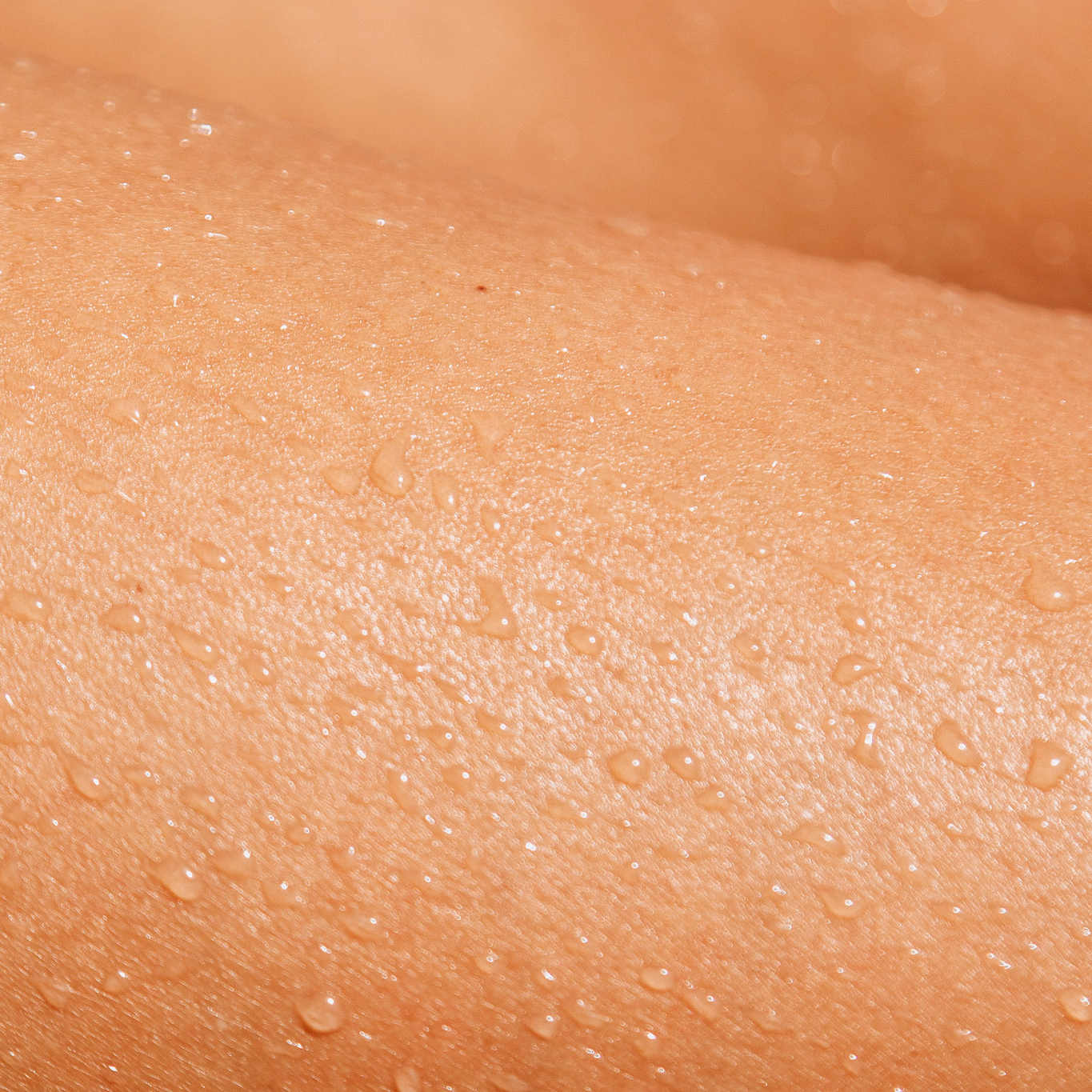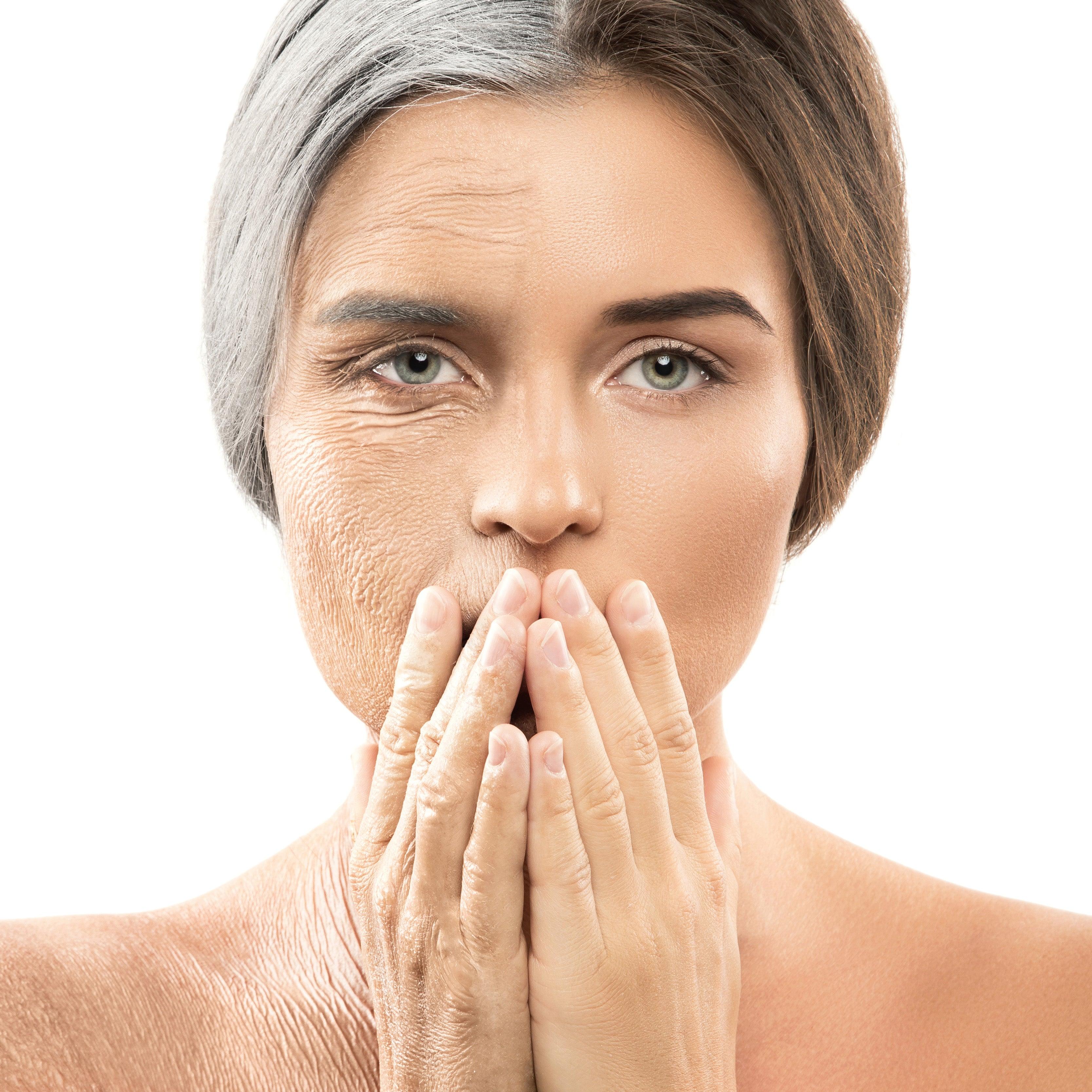Your best friends and enemies on the skin - microbes

As we have described in previous articles, the skin is our body's largest organ and acts as a barrier between us and the outside world. On the skin's surface, there are a variety of microorganisms, such as bacteria, viruses, fungi and mites, which together make up the skin's microbiome. These microbes play an important role in the health and function of the skin.
The microbes on the skin live in a symbiotic relationship with us, which means that both we and they benefit from this coexistence. Here are some examples of the most common different "microbial groups" on the skin and their overall functions:
- Bacteria: There are different types of bacteria that thrive on the skin. Some of these have a protective function by competing with potentially harmful microbes for resources and space on the skin surface. They can also form a protective barrier by producing substances such as acids and enzymes that inhibit the growth of harmful organisms. At the same time, they are important for maintaining the skin's pH balance.
- Fungi: Fungi on the skin are common and may be part of the natural microbiome. They are involved in protecting the skin by competing with harmful fungi for nutrients and space. An example of a common fungus on the skin is Malassezia, which is normally present but can cause skin problems if overpopulated.
- Viruses: Viruses can also be present on the skin, but most of these are not pathogenic. Some viruses can even help keep harmful bacteria at bay by infecting and killing them. These viruses are called bacteriophages and can be part of the skin's protective system.
The microbes on the skin are necessary to maintain a balanced and healthy skin environment. They help strengthen the skin's natural barrier function, regulate inflammation and prevent the colonization of pathogenic microorganisms. Their presence is also linked to the functioning of the immune system, as they train the immune system to recognize and deal with different microbes.
If there is an overpopulation of certain microbes on the skin, it can result in an imbalance and potentially give rise to various skin problems. For example:
- Overgrowth of harmful bacteria: If the balance between protective bacteria and harmful bacteria is disturbed, it can lead to infections, inflammation and skin irritation. Examples of this are acne and folliculitis.
- Fungal Overgrowth: When fungi that are normally present at low levels overpopulate, it can lead to skin conditions such as fungal infections, including athlete's foot and ringworm.
- Overreaction to microbes present: Sometimes the immune system can overreact to microbes present and cause inflammatory skin conditions such as eczema and psoriasis.
What are the most common microbes on and in our skin?
- Staphylococcus epidermidis: This is a common bacteria found on the skin and is usually harmless. It helps protect the skin by competing with potentially harmful microbes.
- Propionibacterium acnes: This bacteria is associated with acne and is found in hair follicles. Its presence is a natural part of the skin's ecosystem, but overgrowth can lead to acne breakouts.
- Malassezia spp.: These fungi live on the surface of the skin and are a common part of the microbiome. However, some species can cause skin problems such as dandruff and seborrheic eczema.
- Corynebacterium spp.: These bacteria are found in large quantities on the skin and are involved in breaking down dead skin cells and producing substances that affect the scent of the skin.
- Staphylococcus aureus: Another staph bacteria found on the skin. Some strains can be harmful and cause infections, while others are more harmless.
- Streptococcus spp.: These bacteria can be found on the surface of the skin and in the oral cavity. Some strains can cause infections such as strep throat and skin infections.
- Viruses: This includes different types of viruses that can infect skin cells. An example is the herpes simplex virus, which can cause cold sores and genital herpes.
- Demodex spp.: These are microscopic mites that live on the face and scalp of humans. They are normally invisible to the human eye.
This list is not comprehensive, and there are many more microbes that can affect the skin microbiome. Research is still ongoing to better understand the composition and functions of the skin microbiome and its role in skin health and disease.
To maintain healthy skin, it is important to avoid excessive use of antibacterial products, as these can upset the natural balance of the skin's microbiome.




Comments